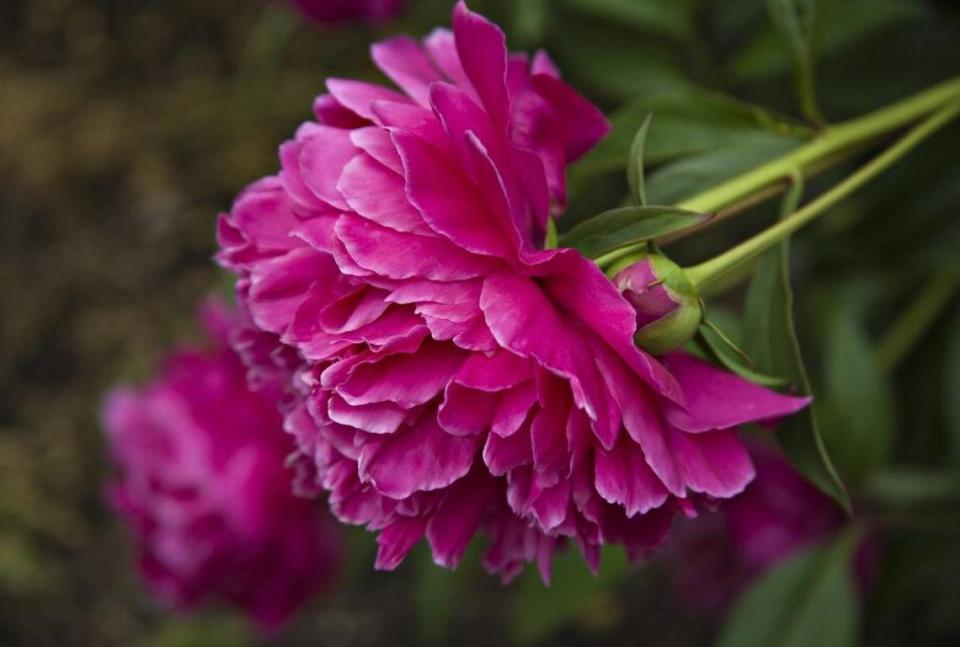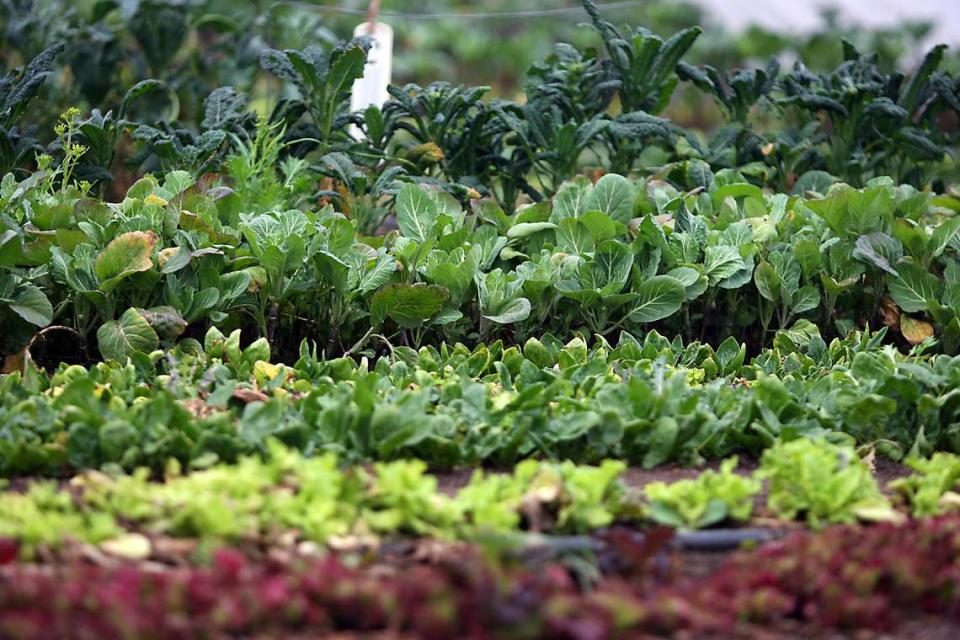Add rhododendron, lilac and other shrubs to your yard before they bloom in April and May
We live in a beautiful part of the world where spring can come early or late, but you can’t stop the tapestry of green as new foliage emerges from trees and shrubs for the next few months.
This is a good time to add lilac, spiraea, potentilla and other flowering shrubs to yard as you can get them established and ready to bloom in place before they flower in April and May. Look for fruit trees, berry bushes and evergreen conifers at local nurseries as well.
When digging a hole for a new plant, be sure to loosen up the soil at the bottom and out to the sides of the planting hole to encourage plant roots to spread out. Having a broad and deep root system allows plants to find their own source of water and nutrients so they are less dependent on you.
But newly planted trees and shrubs will need to be kept watered so the soil feels slightly moist for the first few months as the roots establish themselves. Then you must check that the soil is not dry during the summer months. After this coddling period, most trees and shrubs in Western Washington can survive on rainfall alone.
Rhododendrons, our state flower, are native to our area and this is a great week to visit the Rhododendron Species Botanical Garden in Federal Way. Visit the garden’s website for details and then plan to be impressed by all the shade-loving plants blooming beneath the native fir and cedar trees. There is also a nursery on site that sells “woodland jewels” such as hellebores, windflowers and groundcovers along with the rhododendron species that thrive in the garden.
Q. My rhododendron has yellow leaves that are dropping from the plant. I planted it last year and added plenty of beauty bark mulch to keep the roots cool. I also watered all spring and summer. It is not in full sun. The worst leaves are near the bottom of the plant. Any ideas what is happening? — G.H., Tacoma
A. Leaves will yellow for several reasons, but the most common is poor drainage, overwatering or too much mulch piled up around the stem of the shrub. I would investigate the root ball by pulling back the mulch that is within a foot of the trunk. You should be able to see the compact root system just below the surface of the soil. Rhododendrons can suffocate if planted too deep. If you find wet soil from a low spot or soil that does not drain properly, then that could be the reason the leaves are yellowing.

Q. I need to transplant a peony. Is spring a good time to move peonies? It does have some new growth right now. — G.H., Buckley
A. No. The best time to transplant peonies is in the fall once the leaves turn yellow and the plant goes dormant. Spring is a good time to move and divide many perennials, but peonies are the exception. If it is possible to wait, your peony plant would appreciate your patience.
I must admit, however, that plants can be adaptive, and if you carefully dig a peony plant in the spring, keeping as much soil as possible around the roots and then replanting at the same soil level it was at originally, your peony could adapt and bloom this spring. Just keep in mind that the number one reason peonies fail to bloom is that they were planted too deep. The eye or top of the peony tuber should be just below the surface of the soil.

Q. I have a small yard with a lot of shade. What veggies can I grow? I would like to grow beans and lettuce and tomatoes. The spot I have for a garden gets maybe two hours of sun in the morning. — S.L., Enumclaw
A. Lettuce is the answer to becoming a backyard farmer in the shade. Beans, tomatoes and most other vegetables need a full day of sun and will struggle with just a few hours of sun a day. Most leafy vegetables and cool-season crops such as Swiss Chard, spinach and cabbage can adapt in a shaded situation but you may want to consider removing trees or moving your garden area to a spot that gets more sun.
Marianne Binetti has a degree in horticulture from Washington State University and is the author of several books. Reach her at binettigarden.com.

